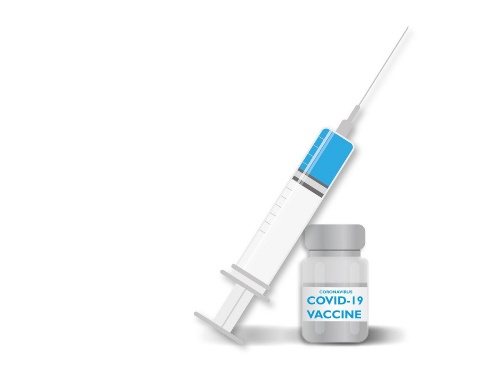
As many states including our own home state of Washington struggle to ramp up vaccination rates, there are a few standouts. West Virginia currently leads the nation in vaccination rate (7.1% of population with first dose, compared to a national average of 3.4% and Washington’s rate of 3.0%), and they’re doing it by a conscious policy choice to vaccinate nursing home residents via local pharmacies, not via the big national chains which have distribution deals with the Federal Government.
This article explains why this is working so well, and what other states can learn from it. It’s also worth mentioning that West Virginia leads the nation in percentage of employees who work in health care (15%). West Virginia has had recent pandemic control experience which most states have not (H1N1 Flu in 2009), and, in common with the other best-performing states, has a small population, no big cities, and an older, whiter population: the top four states in vaccinations are West Virginia, North Dakota, South Dakota, and Alaska.
All that said, their nursing home strategy is a still shining example of how to tackle a novel problem effectively. Other states should take note, not just of this example, but of the mindset–the relentlessly urgent mentality required. Let’s all be Mountaineers.

Thanks, Tom. This is all bracing and instructive. But as I recall, the initial federal list of vaccine dose allocations showed West Virginia receiving more per 100k residents than all or nearly all other states, about twice as many as Washington and many others. Does size matter, and simply having more vaccine available contribute to this achievement?
In theory, allocation was supposed to respond to each state’s plan and ongoing expressed needs, driven by actual COVID case data and then vaccination data. WV probably had a good initial plan relative to its size and maybe a higher rate of new cases–I don’t recall. Washington, as one of the states with the best current performance at controlling the virus, might have been lower priority because it was less on fire. States that don’t use up their vaccine doses as quickly risk getting smaller allocations going forward. We were a little slow out of the blocks, though we were doing a good job of vaccinating according to our prioritization plan.